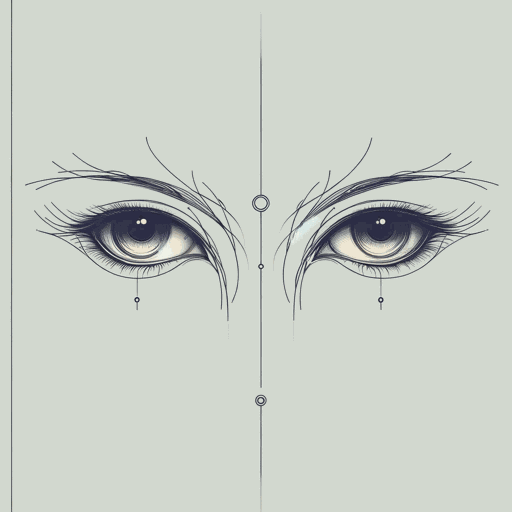29 pages • 58 minutes read
Edgar Allan PoeLigeia
Fiction | Short Story | Adult | Published in 1838A modern alternative to SparkNotes and CliffsNotes, SuperSummary offers high-quality Study Guides with detailed chapter summaries and analysis of major themes, characters, and more.
Background
Literary Context: Romanticism and The Gothic Horror
Edgar Allan Poe is considered one of the fathers of American Gothic literature, a genre that owes a great deal to the Romantic Era of Europe but developed its own particular characteristics within the American landscape. Romanticism was a literary and artistic movement that was a reaction to the developing industrialized world and the increasing values of rationality and technological progress brought about by the Age of Enlightenment. Romanticism privileged emotions and the individual over scientific logic and globalization of the time. Within the United States, these qualities were particularly important in establishing a uniquely American identity.
Even as such Romantic literature, like that of Ralph Waldo Emerson and Henry David Thoreau, helped to establish a uniquely American literary ethos, which was invested in the common man’s relationship with nature, other literature, like that of Poe and Nathaniel Hawthorne veered into the macabre and the Gothic. Primarily known as a literary movement in 18th-19th century Europe, Gothic literature made use of melancholy themes, ghostly and monstrous figures, and vast isolated settings in order to express and navigate the social and culture anxieties of the time. Specifically, European Gothic reflected an obsession with the past and how that past and the present were in serious, sometimes violent conflict.
Related Titles
By Edgar Allan Poe
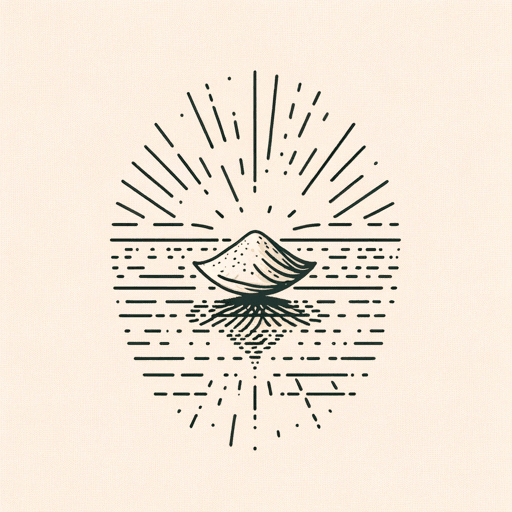
A Dream Within a Dream
Edgar Allan Poe

Annabel Lee
Edgar Allan Poe

Berenice
Edgar Allan Poe
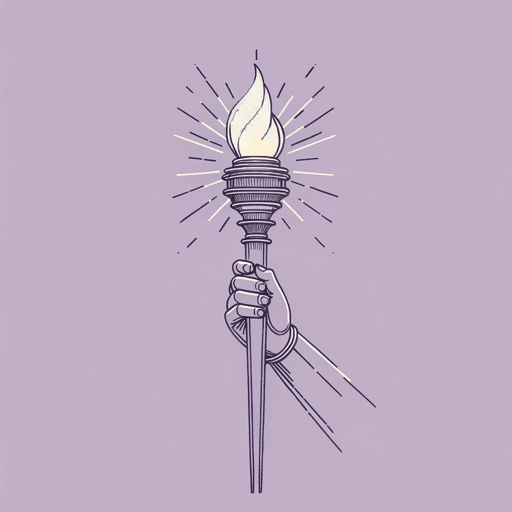
Hop-Frog
Edgar Allan Poe
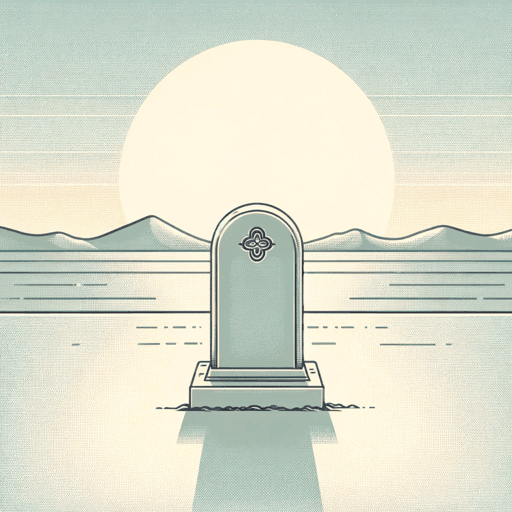
Tamerlane
Edgar Allan Poe

The Black Cat
Edgar Allan Poe
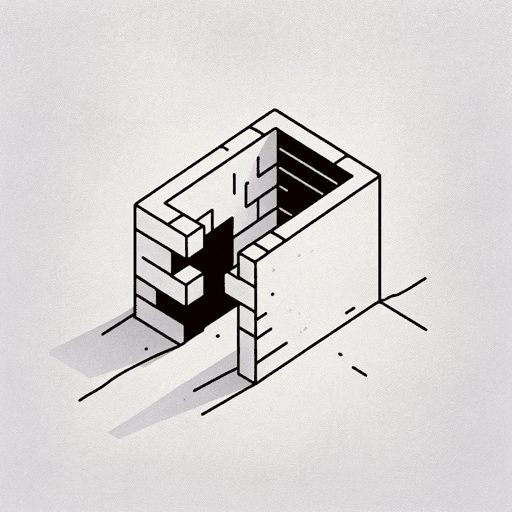
The Cask of Amontillado
Edgar Allan Poe
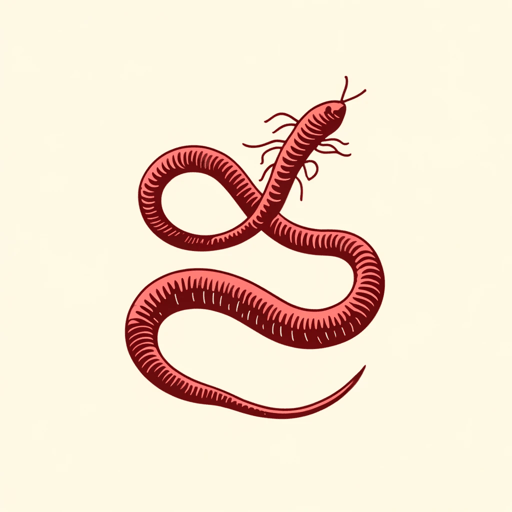
The Conqueror Worm
Edgar Allan Poe
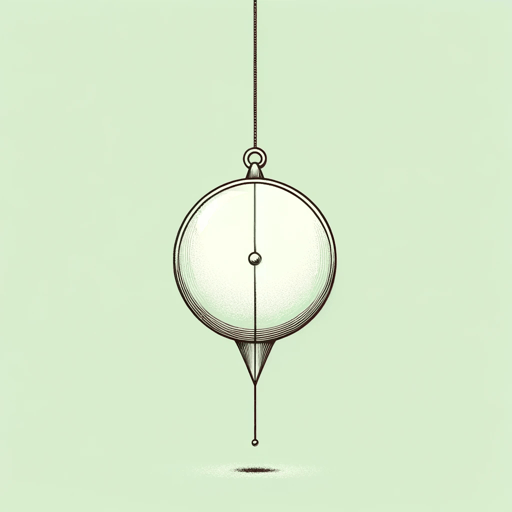
The Facts in the Case of M. Valdemar
Edgar Allan Poe

The Fall of the House of Usher
Edgar Allan Poe

The Gold Bug
Edgar Allan Poe

The Haunted Palace
Edgar Allan Poe
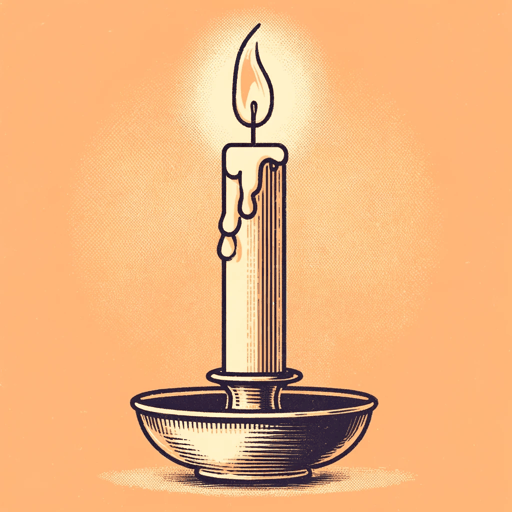
The Imp of the Perverse
Edgar Allan Poe

The Lake
Edgar Allan Poe
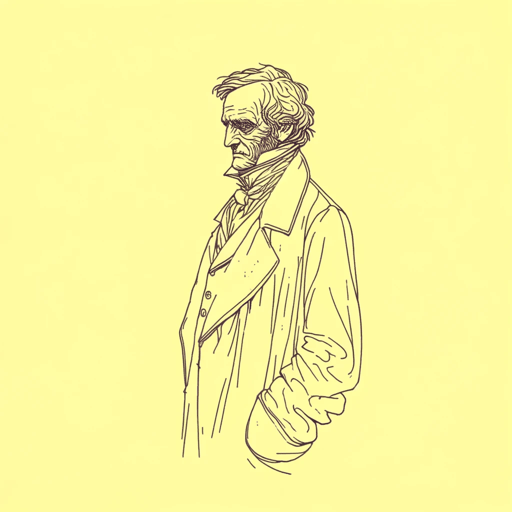
The Man of the Crowd
Edgar Allan Poe

The Masque of the Red Death
Edgar Allan Poe

The Murders in the Rue Morgue
Edgar Allan Poe

The Narrative of Arthur Gordon Pym of Nantucket
Edgar Allan Poe

The Oval Portrait
Edgar Allan Poe

The Philosophy of Composition
Edgar Allan Poe
